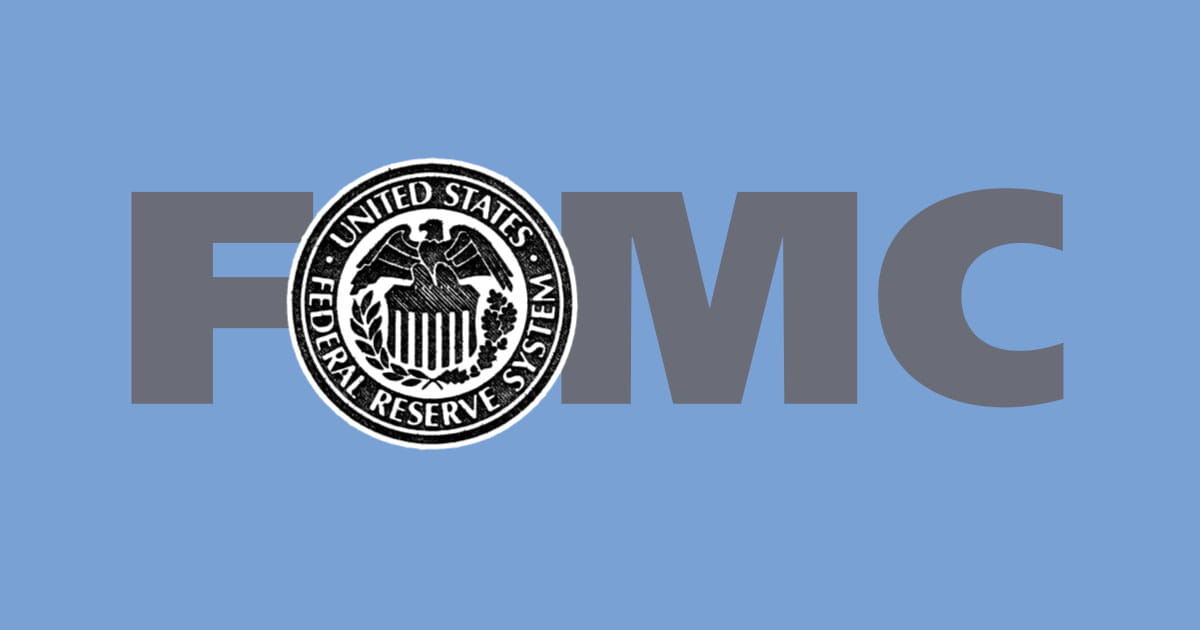Despite Resilient Data, Fed Signals Prolonged Pause

The Federal Reserve delivered another pause in November, and Fed Chair Jerome Powell declined to nudge market expectations toward the additional rate hike in 2023 that many Fed officials projected in September. This comes despite U.S. economic activity and inflation indicators having accelerated in recent weeks to levels that likely remain too strong to be consistent with Fed’s inflation target. Instead, Powell indicated that recent strength may be elevated due to post-pandemic normalization in immigration, along with improvement in labor force participation
By not trying to nudge up the relatively low market-implied probability of a rate hike in December, Powell reinforced the current market pricing of the December meeting outcome. As a result, we believe most Fed officials now do not expect to hike in December, and the onus is on the data between now and then to knock them off of that track.
While U.S. GDP growth was incredibly strong in 3Q at 4.9%, according to the Bureau of Economic Analysis, we expect a significant slowing in 4Q, which, based on Powell’s press conference, likely won’t be enough to prompt additional tightening. Instead, the Fed appears happy to remain on hold, and watch and see how the economy evolves early next year. The pace and extent of the U.S. slowdown will likely dictate future rate decisions.
Taking a step back, the central bank appears to be balancing the resilient economic data seen in recent months against tighter financial conditions (including higher borrowing rates for a range of assets, a stronger U.S. dollar, asset prices, and more). Based on the tone of the November meeting, tighter financial conditions seem to be winning out for Fed officials for now.
Resilient U.S. economy, patient Fed
We thought Chair Powell’s message suggested that data would need to positively surprise again to entice the Fed to tighten further. We think the Fed’s patience likely reflects three factors.
- First, Fed officials appear optimistic that supply-side improvements can help offset the effects of persistent strong demand. Indeed, Powell mentioned several times the significant increase in labor supply as well as broader supply-side improvements, including reduced bottlenecks. (This echoed our takeaways from the Fed’s economic forecasts in September – see our blog post, “Fed Seems Confident in Soft Landing, But We See Risks.”)
- Second, as Powell stated, officials can be patient given that the “restrictive stance of monetary policy is putting downward pressure on economic activity and inflation.” Unlike the phase of data dependence we saw in mid-2023, when policy action closely followed data developments, officials now seem more patient in the face of resilient data, likely because they believe monetary policy is already restrictive. This helps explain why Powell was not more forceful in keeping the Fed’s options open in case U.S. economic resilience persists in the coming weeks.
- Third, the Fed’s patience also comes as financial conditions have tightened markedly in recent months. Indeed, PIMCO’s U.S. financial conditions index (a proprietary index that summarizes information across a range of financial variables) reached new highs in recent weeks. The Fed’s dovish tone in November could ease financial conditions somewhat. Powell did note that “because persistent changes in financial conditions can have implications for the path of monetary policy, we monitor financial developments closely.”
Financial conditions balancing act
Markets reacted positively to the Fed’s patience, with bond yields falling and equities rising. But this only underscores the balancing act Fed officials will have to walk in the coming months, seeking to ensure that financial conditions remain sufficiently restrictive. A notable easing in conditions would add significant pressure on the Fed to tighten policy.
The Fed’s balancing act is particularly challenging when market movements reflect factors beyond the Fed’s control – such as, on the day of the Fed meeting, when long-term bond yields moved lower after the U.S. Treasury announced somewhat smaller-than-anticipated Treasury auction sizes for the coming quarter. (For details on what’s driving bond prices, see our blog post, “Understanding the Rise in Bond Yields.”)
Featured Participants
Disclosures
PIMCO as a general matter provides services to qualified institutions, financial intermediaries and institutional investors. Individual investors should contact their own financial professional to determine the most appropriate investment options for their financial situation. This material contains the opinions of the manager and such opinions are subject to change without notice. This material has been distributed for informational purposes only and should not be considered as investment advice or a recommendation of any particular security, strategy or investment product. Information contained herein has been obtained from sources believed to be reliable, but not guaranteed. No part of this material may be reproduced in any form, or referred to in any other publication, without express written permission. PIMCO is a trademark of Allianz Asset Management of America LLC in the United States and throughout the world. ©2023, PIMCO.
CMR2023-1101-3207715
